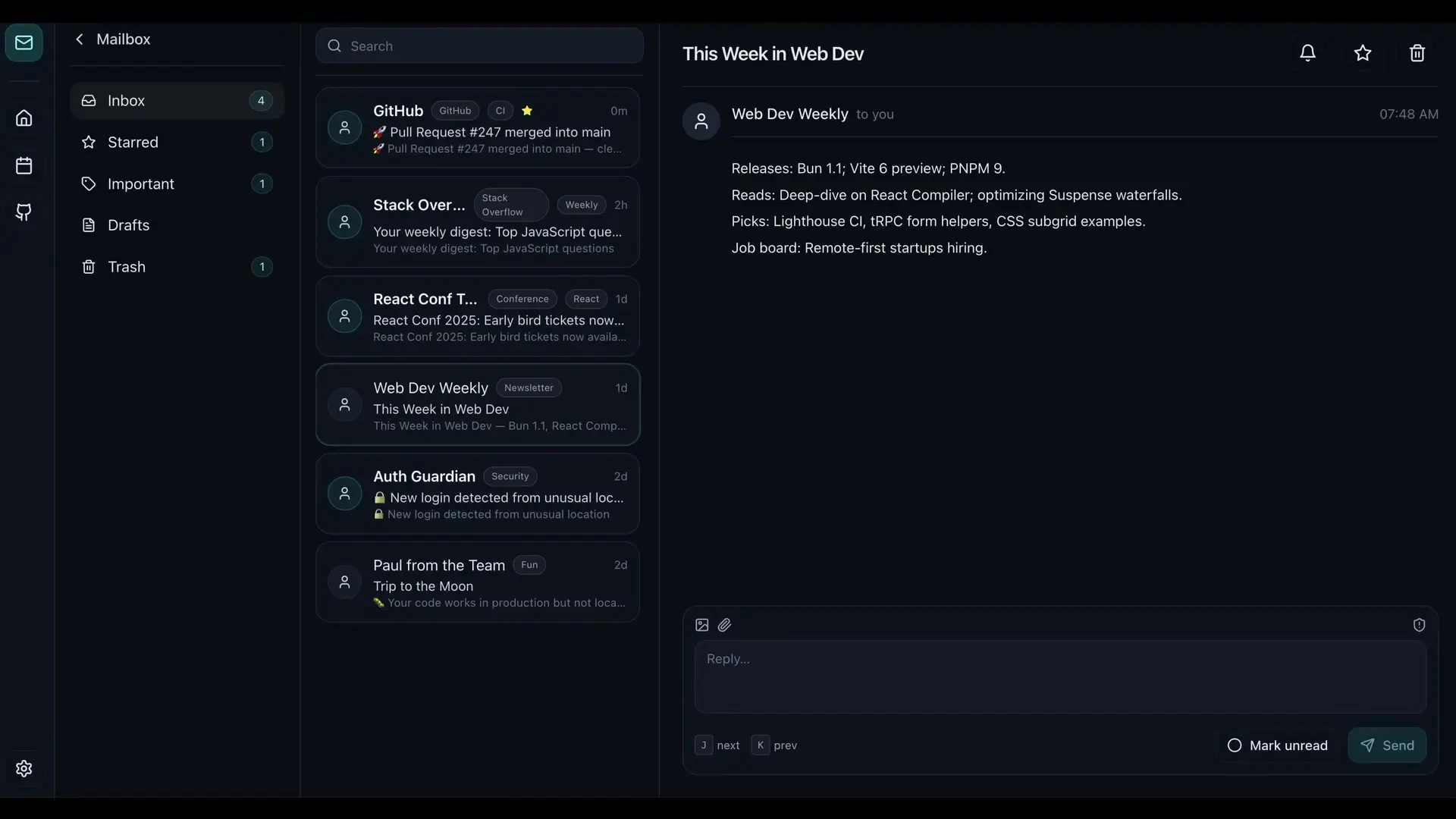
The landscape of software development is undergoing a seismic shift with the emergence of GPT-5. This advanced AI model isn't just incrementally better than its predecessors—it represents a fundamental change in how developers interact with code, bringing unprecedented intelligence and speed to the development process. For both seasoned professionals and those new to programming, GPT-5 is removing barriers and transforming what's possible when coding with AI assistance.
The Intelligence Leap: What Makes GPT-5 Different
When using GPT-5 for coding, the most striking difference is how the intelligence aspect shines through. Unlike previous models that might struggle with complex tasks, GPT-5 demonstrates a remarkable ability to understand context, correct itself, and maintain coherence across extended interactions. This intelligence manifests in several key capabilities that are changing how developers approach their work.
- Lightning-fast interactive development that makes real-time collaboration with AI possible
- Sophisticated refactoring capabilities that can transform large codebases
- Enhanced bug detection and resolution, even for complex, pernicious issues
- Ability to process and understand detailed instructions without losing context
Perhaps most impressively, GPT-5 can accomplish in minutes what would typically take weeks of onboarding to a codebase. This dramatic compression of learning time is revolutionizing how teams approach new projects and integrate new members.
From Wireframes to Working Applications
One of the most powerful demonstrations of GPT-5's capabilities is its ability to transform wireframes into fully functional applications. Rather than just creating simple sketches or prototypes, the model can generate complete, interactive software with sophisticated functionality.

When provided with a wireframe, GPT-5 can interpret the design intent and generate all necessary code to create a working application. This includes implementing complex features like resizable panes, interactive elements, and proper event handling—all while maintaining a coherent architecture.
// Example of GPT-5 generated code for resizable panes
const makeResizable = (element) => {
const resizer = document.createElement('div');
resizer.className = 'resizer';
element.appendChild(resizer);
resizer.addEventListener('mousedown', (e) => {
e.preventDefault();
window.addEventListener('mousemove', resize);
window.addEventListener('mouseup', stopResize);
});
function resize(e) {
element.style.width = e.clientX - element.getBoundingClientRect().left + 'px';
}
function stopResize() {
window.removeEventListener('mousemove', resize);
}
};
Empowering Non-Experts and Breaking Down Barriers
One of the most transformative aspects of programming with GPT-5 is how it democratizes software development. Areas where you might not be a domain expert suddenly become accessible, as the model can provide the specialized knowledge needed to implement features across different domains.
This is particularly valuable for developers who specialize in certain areas but need to work across the full stack. A backend developer can now confidently implement frontend features with GPT-5's guidance, or a frontend specialist can dive into database architecture with an AI assistant that understands both domains.
Self-Correction and Adaptability
A significant advancement in GPT-5 is its ability to correct itself. Previous models would often get stuck in problematic approaches, requiring extensive human intervention to redirect. GPT-5, however, can recognize when a solution isn't working, adapt its approach, and find alternative paths forward.
This self-correction capability comes from both running the code to identify issues and from understanding human feedback. When coding using GPT, this creates a much more natural collaborative process where the AI becomes a true partner in problem-solving rather than just a tool that requires constant oversight.
Revolutionizing Onboarding and Knowledge Transfer
For teams working with large, complex codebases, onboarding new developers has traditionally been a time-consuming process. GPT-5 is dramatically changing this dynamic by serving as an instant knowledge base that understands the entire codebase and can explain how different components work together.
- New team members can ask GPT-5 where specific functionality is located within the codebase
- The model can explain architectural decisions and patterns used throughout the project
- Developers can get contextual explanations of complex code without disrupting senior team members
- The speed of becoming productive on a new codebase increases dramatically
This capability is particularly valuable for enterprise environments with millions of lines of code spread across multiple repositories, where even experienced developers might take months to gain a comprehensive understanding of the system.
Code Migrations and Large-Scale Refactoring
Enterprise-level code migrations are notoriously expensive and risky, often causing organizations to delay necessary updates. GPT-5 excels at handling these large-scale transformations, making previously prohibitive migrations feasible.
The model can work across many files over extended periods, maintaining context and ensuring consistency throughout the codebase. This makes it possible to undertake ambitious refactoring projects that would otherwise be too resource-intensive or risky to attempt.

The Future of Development: From Human Compilation to True Collaboration
Programming has traditionally involved a human compilation step—translating what's in your head into formal programming languages. GPT-5 is beginning to remove this barrier, allowing developers to focus more on what they want to create rather than the mechanics of implementation.
This shift is making programming more fun and creative. Instead of spending hours searching through documentation and debugging syntax issues, developers can focus on solving interesting problems and bringing their ideas to life quickly. The development process becomes less about fighting with tools and more about creating value.
Looking forward, we can anticipate even more profound changes in how we interact with code. The evolution may lead to new programming languages designed to work harmoniously with AI assistants, higher-level abstractions that hide unnecessary complexity, and development environments that support orchestrating multiple AI agents working in parallel on different aspects of a project.
Getting Started with GPT-5 for Coding
To begin coding with GPT-5, developers can access the model through specialized development environments like Cursor that are designed to maximize the benefits of AI-assisted programming. These tools integrate GPT-5 directly into the development workflow, providing context-aware assistance and enabling the interactive experiences where the model truly shines.
- Start with smaller, well-defined tasks to get a feel for how GPT-5 approaches problems
- Provide clear, detailed instructions—GPT-5 excels when given comprehensive context
- Use the model for code reviews to identify potential issues and improvement opportunities
- Experiment with having GPT-5 implement features from wireframes or high-level descriptions
- Leverage the model for documentation generation and explaining complex code
As you become more comfortable with the capabilities and limitations of the model, you can gradually expand to more complex tasks and larger refactoring projects.
Conclusion: Just the Beginning of AI-Powered Development
While GPT-5 represents a significant leap forward in AI-assisted development, it's important to recognize that we're still at the very beginning of this transformation. The current capabilities—impressive as they are—represent just a fraction of what will be possible as these technologies continue to evolve.
The future of programming with GPT and similar models promises to be increasingly collaborative, with AI systems that can think not just for minutes or hours but potentially days or months to solve complex problems. This evolution will continue to reshape the developer experience, making software creation more accessible, efficient, and focused on human creativity rather than technical implementation details.
For developers looking to stay at the forefront of their field, embracing these AI tools and learning to collaborate effectively with them will be an essential skill in the coming years. The programmers who thrive will be those who can articulate their vision clearly and guide AI assistants to implement that vision efficiently—a fundamentally different skill set than traditional coding alone.
Let's Watch!
GPT-5 Revolutionizes Coding: 7 Game-Changing Developer Benefits
Ready to enhance your neural network?
Access our quantum knowledge cores and upgrade your programming abilities.
Initialize Training Sequence